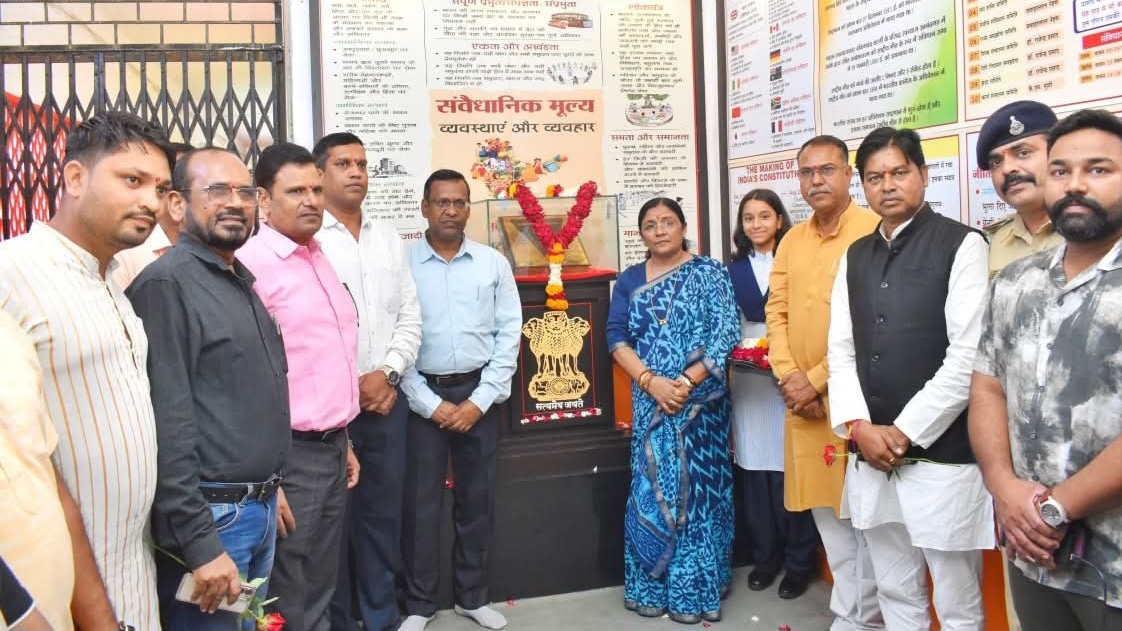For many tasks, the methods growth life cycle consists of the narrower software improvement lifecycle. In other words, the methods improvement life cycle is a superset of the software development lifecycle. The SDLC (System Growth Life Cycle) is crucial as a result of it offers a structured approach for planning, creating, testing, and deploying software. This helps guarantee high-quality, efficient, and cost-effective software program production. This construction helps development teams keep group and concentrate on project aims. Additionally, this technique ensures timely software delivery, boosts productiveness, and reduces errors.

The first software program development life cycle method was the waterfall mannequin. The software improvement process https://www.globalcloudteam.com/ is illustrated in the waterfall model as a sequential, linear flow. This implies that a growth process phase can solely start after the one before it is finished.
- It’s notably helpful for big, complicated initiatives that require ongoing evaluation.
- At the guts of it all is ClickUp Brain, your intelligent project co-pilot that brings automation, perception, and readability to complex workflows.
- System architects prepare Design Document Specification, which software engineers use as their primary supply while getting ready codebase or designing and implementing test circumstances.
- The V-model (which is brief for verification and validation) is type of much like the waterfall mannequin.
Collaboration apps like Slack and Microsoft Groups foster real-time coordination. In this part, rigorous testing is completed on the software program builds to identify and fix bugs. Practical, regression, performance and user acceptance tests are carried out. Testing outputs a deployed software program model that meets specs.
How To Choose A Software Program Development Company: Fundamental Do’s And Don’ts
Do an impact evaluation see what number of users or which methods are affected to determine the right stage of urgency. Organisations could try to cope with a scarcity of concrete necessities AI For Small Business from shoppers by using systems analysts to look at current manual systems and analyse what they do and how they could be changed. In this weblog, we’ll explore how documentation fits into every stage of the SDLC, tips on how to make it environment friendly, and how tools like Document360 assist this course of from begin to end. ClickUp is undoubtedly a fantastic selection, but different continuous deployment tools may help you handle the method of growing high-quality software. For teams following the Agile methodology, the ClickUp Sprints characteristic is a game-changer. Break your project into smaller, manageable pieces and plan totally customizable sprints to optimize delivery timelines.
Builders will choose the right programming code to make use of based on the project specs and necessities. The planning stage (also known as the feasibility stage) is precisely what it sounds like the part in which builders will plan for the upcoming project. First, decide what the incident is when it comes to it’s severity and kind as which ranges from a minor issue to a large scale security attack. Also this helps us within the determination of what’s the order of response and which assets to put where. Comprehension of the 5 incident administration stages which is what you have to do when an issue comes up.
What Happens If Documentation Is Delayed Till After Release?
The Massive Bang Mannequin approaches software growth with minimal planning, counting on the spontaneity and creativity of developers. Although this mannequin could be suitable for small or experimental tasks, it often leads to unpredictability and is generally phases of the system development life cycle not beneficial for complex tasks with broad scopes or critical deadlines. The Waterfall and Agile software program growth methodologies provide contrasting approaches to attaining project objectives. Improvement teams code and construct the system using various tools, adhering to the design documents created within the previous stage. This process additionally necessitates a give consideration to software security to make sure the safety of information and system integrity from the outset. Finally, testing on the finish of the development section can slow down development teams.
They demonstrate what the system will seem like, focusing on the user interface. The two fashions and mockups are important for gathering feedback from everyone involved, making certain the framework is straightforward to understand, and ensuring it matches clients’ needs and expectations. Even after deployment, the system operation calls for ongoing attention. The upkeep stage is about making necessary system modifications, offering support, and making certain the system continues to satisfy user wants effectively.
Waterfall is a linear strategy under which developers work on clearly outlined methods growth life cycle phases. Under the waterfall model, scope change is undesired and requires project re-estimation. The typical levels of the system development life cycle are planning and feasibility, necessities analysis, design and prototyping, software growth, system testing, implementation, and upkeep. The Classical Waterfall Model suffers from numerous shortcomings we can’t use it in actual tasks, however we use other software improvement lifecycle models that are based on the classical waterfall mannequin. SDLC is indispensable in software program growth due to its structured framework that guides the creation, deployment, and maintenance of software. It ensures that every important aspect of software creation is methodically addressed, resulting in enhanced high quality, predictability, and effectivity in the growth process.
The data collected serves as the muse for developing a software program system that takes organizational difficulties and person expectations into account. With its help, you could expedite the development course of, save expenses, make the most of your team’s inventive potential, and do much more. Lean development goals to optimize effectivity within the development process. It’s inspired by lean manufacturing principles, specializing in delivering value to the shopper quickly.

Most developers and project managers go for one of these 6 approaches. The testing stage ensures the application’s options work appropriately and coherently and fulfill user aims and expectations. That is why it’s extremely really helpful that project managers engage a devoted staff of skilled builders.









